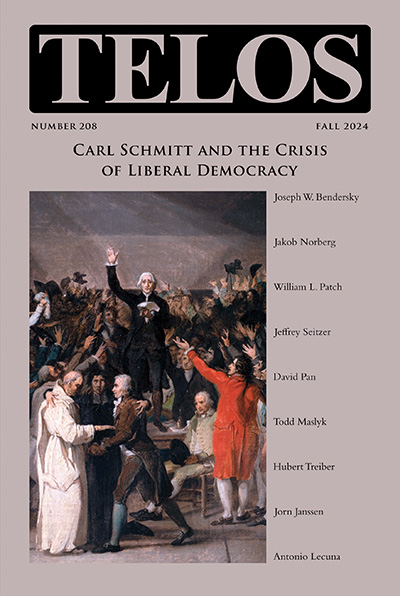“The spectacular Baader escape and the RAF media campaign against the West German state now caught the attention of the Stasi. Wanted posters advertising a reward of 10,000 DM with Meinhof’s photo were pasted ubiquitously in public spaces all across Western Germany. In the early afternoon of August 17, Meinhof surfaced in East Berlin wearing dark sunglasses, knocking at the door of the FDJ headquarters. She asked to be put in touch with the Stasi and mentioned Werner Lamberz and Horst Schumann, two functionaries she had known from an earlier meeting with the FDJ. She viewed East Germany as a promising base from which to launch attacks on the Federal Republic, or at least as a safe haven for when her troop came under surveillance pressure. At first, the Stasi decided not to take any risks with this unknown crowd, but Erich Mielke, longtime head of the Stasi, changed his mind, and on August 20, 1970, orders were given that Meinhof be allowed access to East Germany ‘when she wishes.’ As we have seen repeatedly, the Stasi always played with the idea of using the APO and the student rebellion as a weapon in the fight to destabilize West Germany, and this opportunity looked too promising to ignore…”
|
“Fraternity means that the father no longer sacrifices the sons; instead the brothers kill one another. Wars between nations have been replaced by civil war. The great settling of accounts, first under national ‘pretexts,’ led to a rapidly escalating world civil war.” —Ernst Jünger, Eumeswil “From the summer until November 1969, Baader and Ensslin threw themselves into their project with enthusiasm and were soon put in charge by the naïve and often intimidated authorities. Under Baader and Ensslin’s guidance, around forty girls and boys (nicknamed ‘picos’) fled Staffelberg, and runaways from various other juvenile centers soon joined them. They found sanctuary in various and sundry apartments in the Frankfurt area, arranged by local activists. Baader and Ensslin staged ‘go-ins’ in the offices of the nervous bureaucrats who ran the homes and succeeded in convincing the experts to make changes to the living conditions before the young residents would promise to return. Baader and Ensslin were given power to manage the five DM cash allotment for each youth, which turned out, unsurprisingly, to be a bad mistake…” “When a man fell, the others stood together over his corpse; their gazes met, dark and deep. But when death stood over the trenches like a storm cloud, then it was every man for himself: he stood alone in the darkness, howling and crashing surrounding him, blinded by sudden flashes, with nothing in his breast but endless desolation.” —Ernst Jünger, Sturm, describing the soldiers awaiting attack during the Battle of the Somme, whose centenary is this year. “Dutschke’s phrase ‘the long march’ managed to combine both Mao and Trotsky, since the contemporary Trotskyite strategy was ‘enterism,’ that is, the infiltration of institutions such as trade unions and universities and their subversion from the inside. For the humorless Dutschke and his unlikely collaborator, the bon vivant scion of a grand bourgeois Chilean family Gaston Salvatore, the armed struggle in the Third World was dialectically connected to the sabotage tactics of the urban guerrillas in the developed world. The phrase that Dutschke took from Guevara, ‘Create two, three, many Vietnams,’ was not just a slogan designed to ignite the passions of the crowds. He very seriously conceived of the student revolution in 1967–68 as an integral part of a global anti-imperialist, anti-colonial struggle.” —Elliot Neaman, Free Radicals: Agitators, Hippies, Urban Guerrillas, and Germany’s Youth Revolt of the 1960s and 1970s “The human is a land-being, a land-dweller. He stands and walks and moves upon the firmly grounded earth. This is his standpoint and his soil; through it he receives his viewpoint; this defines his impressions and his way of seeing the world. He receives not only his field of vision but also the form of his gait and his movements, his shape as a living being born and moving upon the earth.” |
||||
|
Telos Press Publishing · PO Box 811 · Candor, NY 13743 · Phone: 212-228-6479 Privacy Policy · Data Protection Copyright © 2024 Telos Press Publishing · All Rights Reserved |
||||


